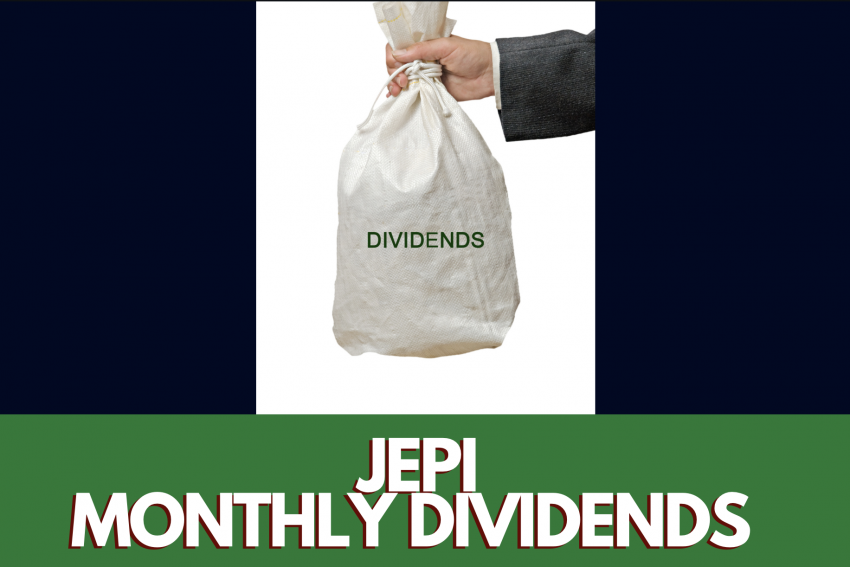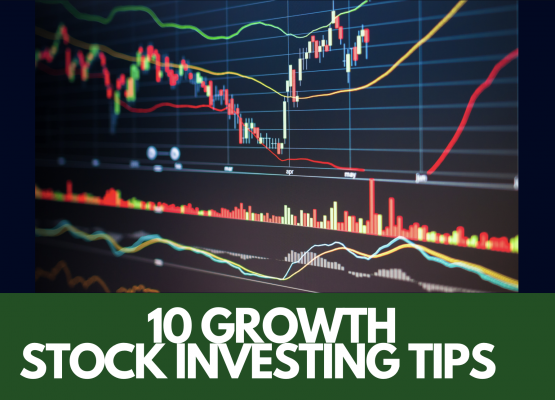The JPMorgan Equity Premium Income ETF (JEPI) is a popular choice among investors seeking a combination of income and potential capital appreciation. In this article, we will delve into the recent performance of JEPI, including its dividend payouts, current yield, pricing information, and an example of the potential returns from a hypothetical $100,000 investment.
Recent Dividend Amount and Current Yield
As of January 2024, the most recent dividend amount for JEPI was $0.39025 per share, paid on December 6, 2023. The dividend yield of JEPI, which is a key factor for income-focused investors, has varied over time. As of January 12, 2024, the dividend yield was reported at 8.35%. It’s important to note that dividend yields can fluctuate based on the ETF’s price and dividend payouts.
Pricing Information
The pricing of an ETF is crucial for investors, as it determines the entry and exit points for their investment. On January 12, 2024, the price of JEPI was $55.30. This price reflects the market’s valuation of the fund at that time and is subject to change based on market conditions and the performance of the underlying assets.
Hypothetical $100,000 Investment and Potential Dividends
To understand the potential returns from JEPI, let’s consider a hypothetical investment of $100,000. Assuming the investment is made at the price of $55.30 per share, this amount would buy approximately 1,808 shares (100,000 / 55.30). Given the most recent monthly dividend of $0.39025 per share, this investment would potentially yield monthly dividends of approximately $705.73 (1,808 shares x $0.39025).
Over a year, this translates to an annual dividend income of about $8,468.76 (12 x $705.73), assuming the dividend amount remains constant. However, it’s important to remember that dividends can vary, and past performance is not indicative of future results.
Considerations for Investors
When investing in an ETF like JEPI, there are several factors to consider:
- Dividend Stability: The history of dividend payments can give insights into its stability and reliability.
- Market Fluctuations: The price of JEPI, like any ETF, is subject to market fluctuations, which can affect both the value of the investment and the yield.
- Investment Goals: JEPI may be suitable for investors seeking regular income, but it’s important to align it with your overall investment goals and risk tolerance.
- Expense Ratio: JEPI has an expense ratio of 0.35%, which should be factored into overall return calculations.
Diversification and Risk Management
JEPI’s portfolio composition is another critical aspect. The ETF primarily invests in large-cap equities, aiming to generate income through option writing strategies along with dividend income from its equity holdings. This approach can provide a balance between income generation and growth potential. However, as with any investment strategy, there are risks involved, including market volatility and the specific risks associated with the options market.
Long-Term Perspective
For long-term investors, the key is not only the current yield or price but also the potential for capital appreciation and dividend growth over time. Historical performance data can provide insights, but it’s essential to understand that past performance is not indicative of future results. The ability of JEPI to adapt to changing market conditions and the performance of its underlying assets will significantly influence its long-term success.
Tax Implications
Investors should also consider the tax implications of dividend income. In the United States, dividends are typically taxed at the qualified dividend rate, which can be lower than the ordinary income tax rate. However, the specific tax treatment depends on individual circumstances and current tax laws.
Conclusion
The JPMorgan Equity Premium Income ETF (JEPI) offers a combination of income generation and the potential for capital appreciation. With its recent dividend yield of 8.35% and a price of $55.30 per share, it presents an interesting option for income-seeking investors. A hypothetical investment of $100,000 could potentially yield significant annual dividend income, but investors should be mindful of the risks and align their investments with their overall financial goals. As always, it’s advisable to consult with a financial advisor to tailor investments to your individual needs and circumstances.




